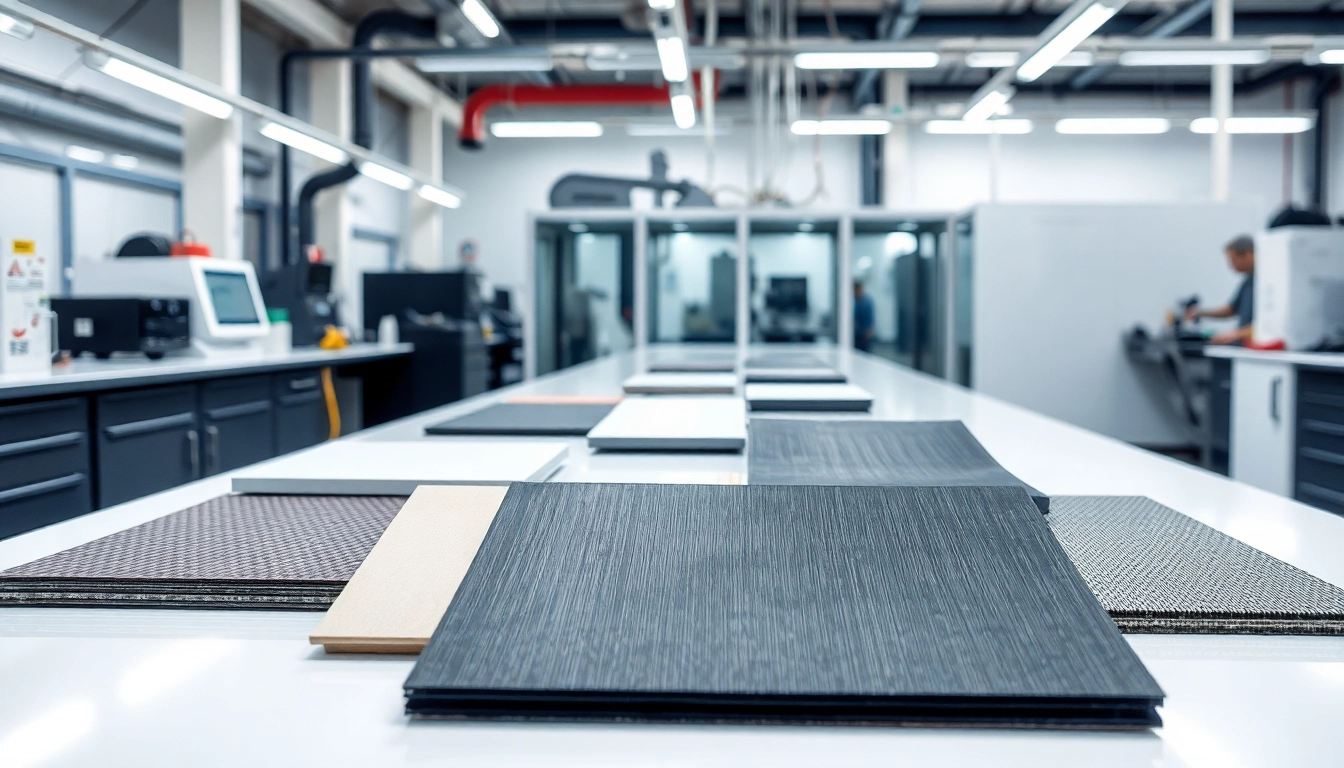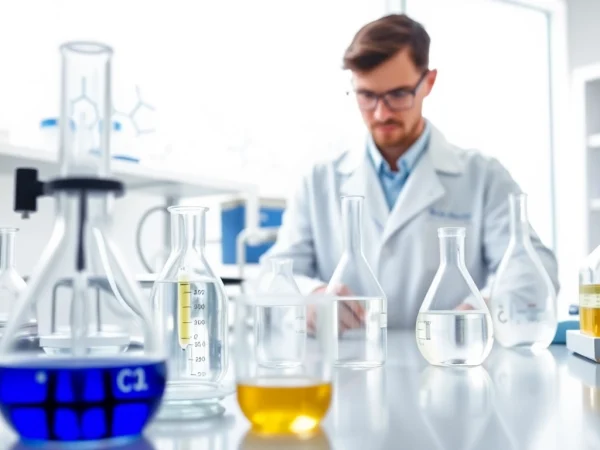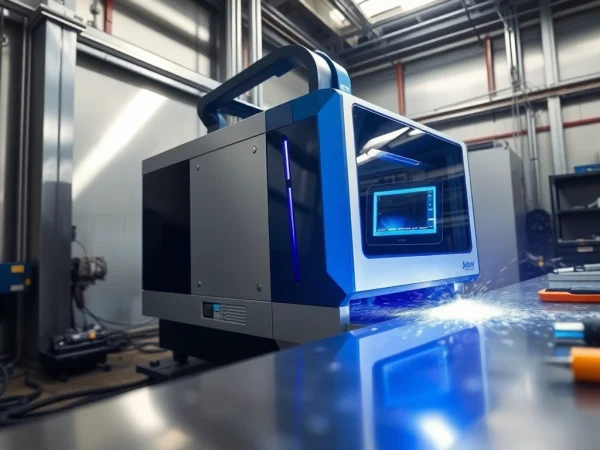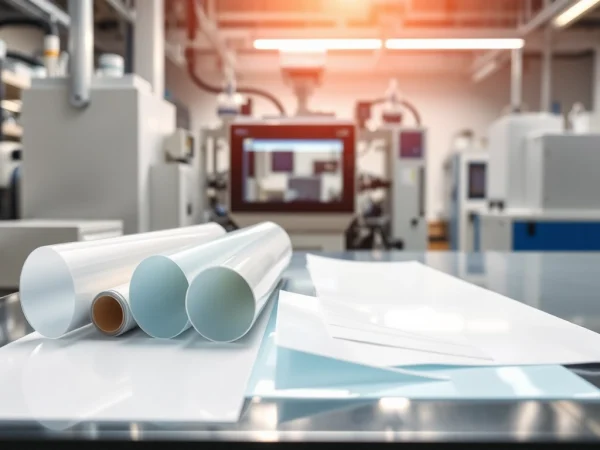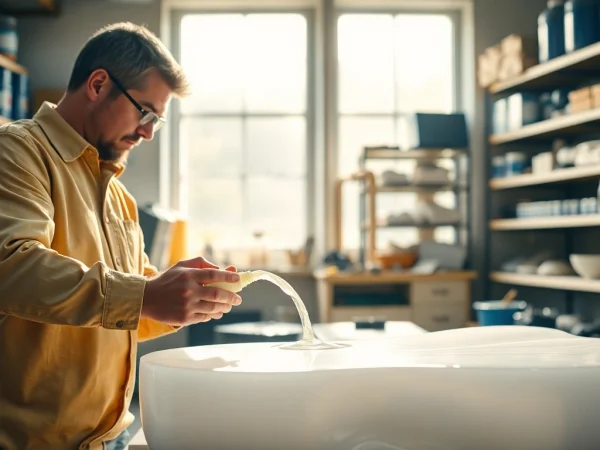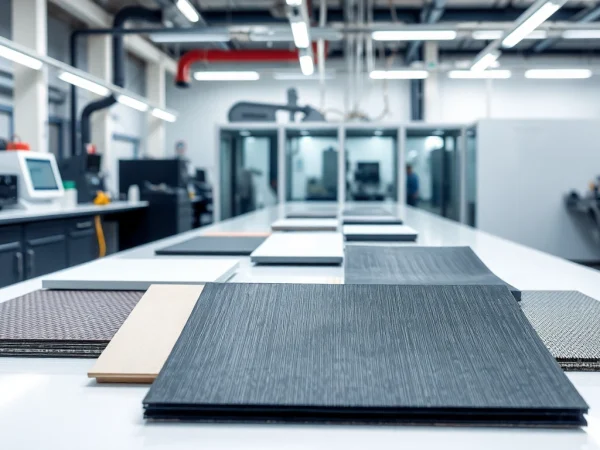Understanding the Advantages of Epoxy Prepregs in Modern Manufacturing
Introduction to Epoxy Prepregs
Epoxy prepregs have revolutionized the manufacturing landscape by providing a lightweight, high-performance option for composite materials. These materials are inherently versatile, used across a variety of industries including aerospace, automotive, and sports equipment manufacturing. The popularity of epoxy prepregs stems from their unique attributes—characterized by their excellent mechanical properties and strong adhesion capabilities.
Definition and Composition
At its core, a prepreg—a term derived from ‘pre-impregnated’—refers to a composite material that consists of reinforcing fibers embedded in a resin matrix, typically a thermosetting polymer like epoxy. The resin is partially cured (or “B-staged”), which simplifies handling and processing. This composition allows for carefully controlled resin-to-fiber ratios, which contribute to the overall performance of the composite.
Historical Development and Usage
The concept of prepregs dates back to the mid-20th century when manufacturers sought to create materials that offer both high strength and light weight. Initially used in aerospace applications, the technology has advanced through the years, finding utility in various fields requiring durable materials that can withstand extreme conditions. Today, epoxy prepregs are commonplace in sectors such as defense, automotive manufacturing, and recreational equipment.
Key Benefits of Epoxy Prepregs
One of the foremost benefits of epoxy prepregs is their unmatched strength-to-weight ratio. This characteristic is vital in applications such as aerospace, where weight reduction is a critical factor. Additionally, epoxy prepregs have excellent thermal and chemical resistance, making them suitable for a wide range of environments. Moreover, they provide high tensile strength and elasticity, and their ability to conform to complex shapes enhances design flexibility.
Applications of Epoxy Prepregs
Aerospace and Defense
Epoxy prepregs play a crucial role in the aerospace industry, where their lightweight nature significantly reduces fuel consumption. Components such as wings, fuselage sections, and interior panels are commonly made from these materials. Furthermore, their durability helps ensure that aircraft maintain structural integrity over long service lives, even in harsh environments. In defense, these materials are employed not just in aircraft, but also in vehicles and protective gear that demand robust performance.
Automotive Industry
The automotive sector has increasingly adopted epoxy prepregs as a way to comply with stringent performance and safety standards while also focusing on weight reduction for enhanced fuel efficiency. They are commonly used in areas like body panels, structural components, and performance parts, which require high strength without adding extra weight. With the ongoing push for electric vehicles, the demand for lightweight materials will likely accelerate the adoption of epoxy prepregs in this industry.
Sports Equipment Manufacturing
In the sports equipment sector, epoxy prepregs are used to create high-performance items, such as bicycles, tennis rackets, and golf clubs. The ability to mold and design specific shapes allows manufacturers to provide specialized products that meet the demands of athletes. The combination of lightweight and robust characteristics offers athletes improved performance while minimizing fatigue and exertion during use.
Production Methods for Epoxy Prepregs
Pre-Impregnation Process
The pre-impregnation process involves saturating the reinforcing fiber with resin in a controlled environment, ensuring a precise amount of resin penetrates the fibers. This process typically takes place in a cleanroom setting to minimize contamination. The prepreg material is then rolled onto backing paper and stored under cold conditions to enhance its shelf life and maintain flexible process needs during manufacturing.
Curing Techniques
Curing is a critical phase in the production of epoxy prepregs. The curing process involves heating the prepreg material to initiate the hardening of the resin. This can be achieved through various methods, including autoclave curing, where heat and pressure are applied, or resin infusion processes, which allow the resin to flow into the fibers post-laying. The choice of curing technique can significantly affect the final properties of the composite, including tensile strength, thermal stability, and overall durability.
Quality Control Measures
Quality control is paramount in the production of epoxy prepregs. This includes regular checks on the resin-to-fiber ratio, monitoring the degree of cure, and assessing the dimensions of the prepreg sheets. Advanced methods, such as ultrasonic testing and infrared spectroscopy, can be employed to detect potential defects. Implementing robust quality control measures ensures that the resulting composites meet the highest industry standards for performance and safety.
Performance Characteristics of Epoxy Prepregs
Mechanical Properties
Epoxy prepregs are known for their impressive mechanical properties. They typically exhibit high tensile strength, which allows the materials to withstand substantial forces without deformation. Additionally, their stiffness contributes to structural integrity, making them ideal for load-bearing applications. In tests, epoxy prepregs have demonstrated significant improvements in impact resistance compared to traditional materials, highlighting their efficacy in demanding environments.
Thermal Stability
Thermal stability is another crucial characteristic of epoxy prepregs. They can maintain structural integrity under high temperatures, with many formulations being able to withstand temperatures exceeding 180°C without losing their mechanical performance. This property is vital in applications where materials are exposed to high operating temperatures, such as in aerospace engines or under the hoods of automobiles.
Environmental Resistance
Epoxy prepregs exhibit exceptional resistance to environmental elements, including moisture, chemicals, and UV exposure. This durability ensures that they maintain their mechanical properties in diverse conditions, which is a key factor in applications such as marine environments or outdoor sports equipment. The longevity and resilience offered by epoxy prepregs contribute significantly to reducing maintenance costs and extending product lifespan.
Future Trends in Epoxy Prepregs
Innovations in Material Science
The future of epoxy prepregs is closely tied to advancements in material science. Researchers are continually exploring new resin formulations and fiber types to enhance performance characteristics further. Innovations such as hybrid composites combining various fiber types or the introduction of biosourced resins are on the horizon, potentially reducing environmental impacts while boosting performance metrics.
Sustainability Considerations
As industries increasingly prioritize sustainability, the production and use of epoxy prepregs are also evolving. Efforts are being made to develop recyclable prepreg materials and eco-friendly resins that minimize environmental impact. Companies are beginning to focus on life cycle assessments of prepreg materials to ensure they align with sustainability goals. Such advancements will likely influence how manufacturers and consumers perceive and use these materials.
Emerging Markets and Opportunities
The demand for epoxy prepregs is expected to grow not only in established markets like aerospace and automotive but also in emerging sectors such as renewable energy, particularly in wind turbine blades and solar panels. The potential expansion into new applications will open up opportunities for innovation in product design and processing techniques that may further elevate the status of epoxy prepregs across various industries.
